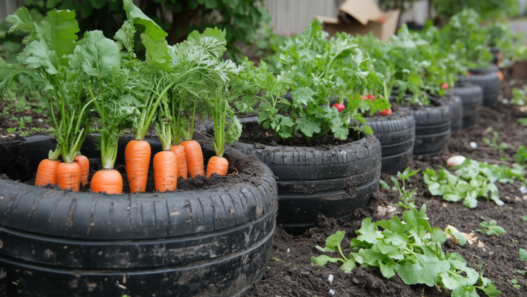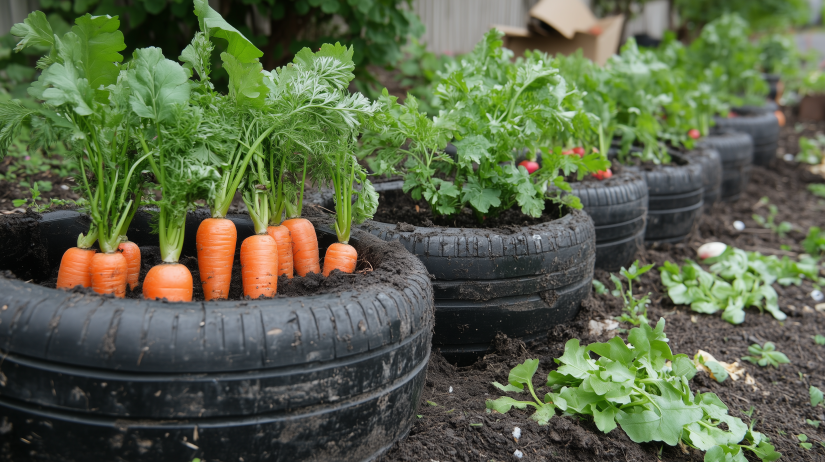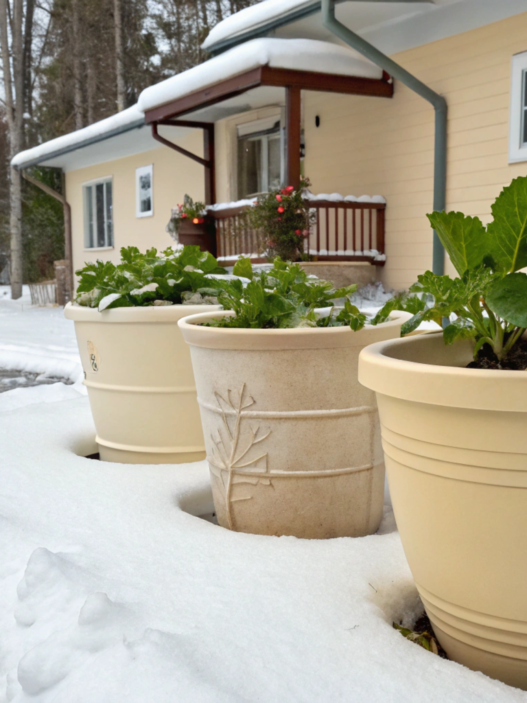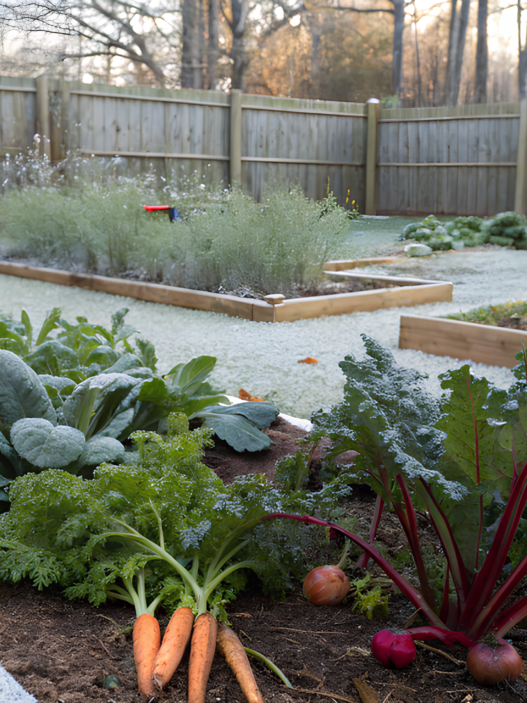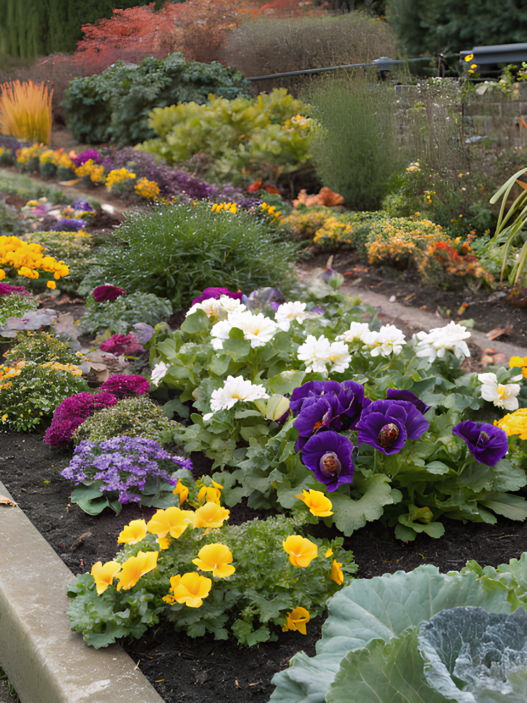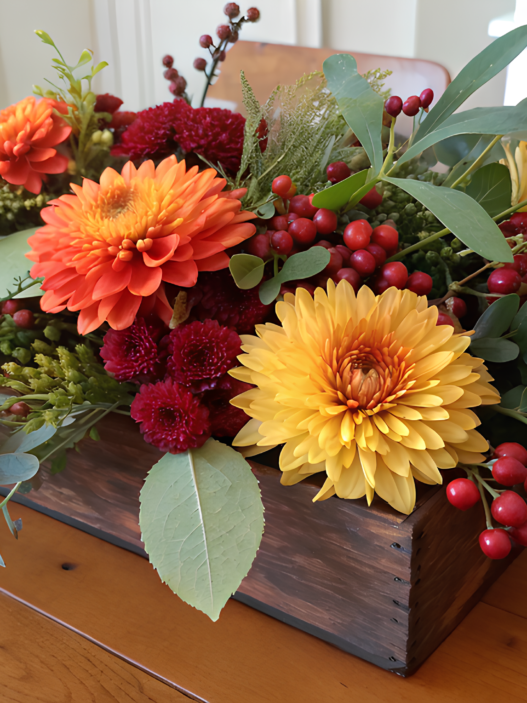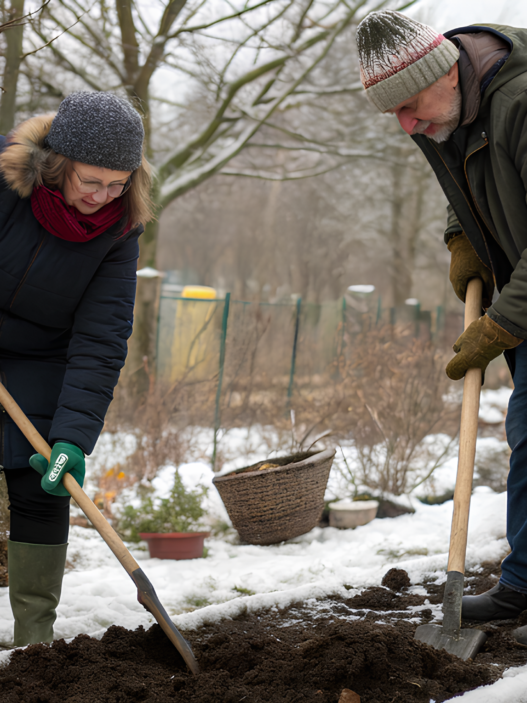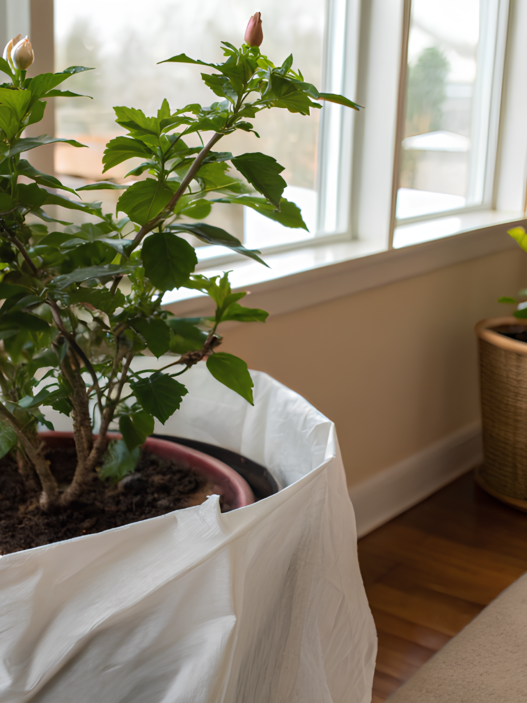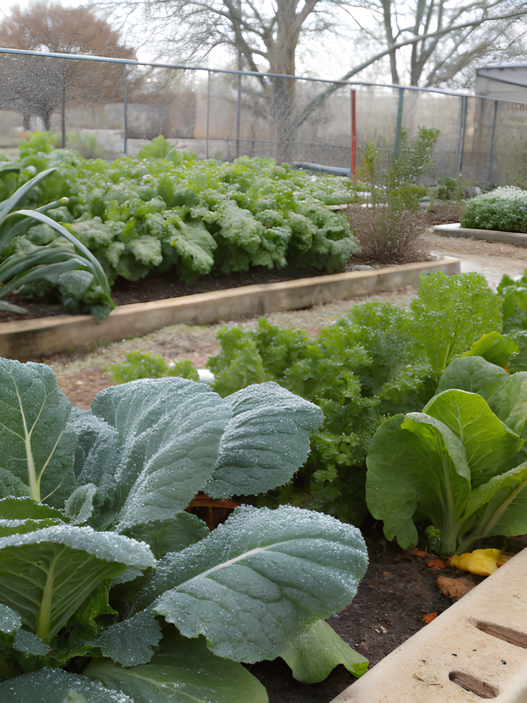If you like the idea of growing your own vegetables but you’re short on space, recycled container vegetable gardening is just the thing for your idea. You could say it’s one of the most versatile, creative and, let’s be honest, fun ways to grow your own produce. With a little knowledge you can create your own garden anywhere you want.
And I will try to help you with choosing the right ideas for recycled container vegetable gardening. Here, in this article, I will share my own experience and give practical tips on how to use recycled materials to create a fall garden. So, are you ready?
Why choose to grow vegetables in containers
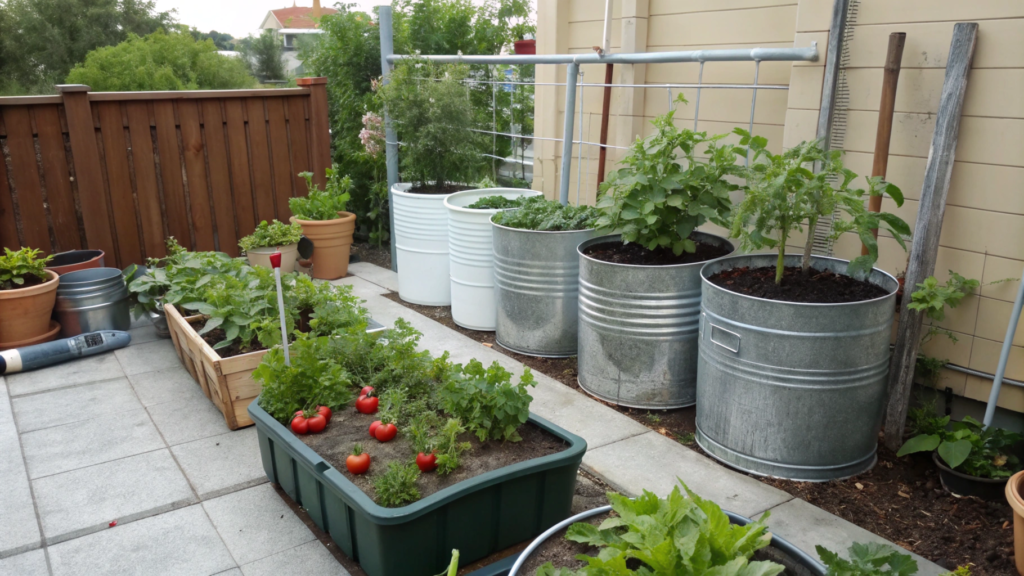
Growing in containers has become incredibly popular in recent years, and for good reason. After all, for those who don’t have a large plot of land this is a great solution. That’s why urban gardeners, renters favor this particular way of growing vegetables. Advantages of container gardening:
- Flexibility. Containers are convenient to move to get more sunlight, to protect from bad weather or just to change the look of the garden.
- Space Saving. Don’t have a yard? No big deal. Vegetables can be grown on a balcony, patio, or even a sunny windowsill.
- Water Saving. Containerized plants require less water than conventional beds, which is especially important in arid areas.
- Creative freedom. Containers can be chosen or made in different shapes, sizes and materials, giving your garden a unique look.
Recycled container vegetable gardening makes the process not only eco-friendly, but also budget-friendly. And best of all, you can get started right now!
Choosing the Right Containers
Choosing the right container is one of the most important aspects of container gardening. And trust me, you don’t have to spend a fortune! I’ve used everything from old buckets to leaky watering cans (yes, really!). In fact, I recommend you try it too. Let’s look at some of the best options for fall container gardening vegetables
Ideas for growing vegetables in recycled containers

Recycled containers are not only eco-friendly, but they can also add an unusual charm to your garden. Here are a few ideas I’ve put into practice over the years:
- Old buckets
- Milk cans
- Coffee cans
- Car tires
- Wooden crates
When choosing a container, make sure it has good drainage. Otherwise, plants can “drown” and the roots will die
Tip. A good soil mix for containers is the key to success. I use a combination of compost, peat and vermiculite. This mixture is very light, well drained and provides nutrients for the whole season.
Fall vegetables for the container garden. What to plant and how
Summer is over, but don’t be in a hurry to put away your containers. Fall is just the right time to plant some vegetables that do well in cooler temperatures. Here are what I’m planning to plant at my place this year for a fall container gardening vegetables
Leafy greens

Cold-tolerant crops like spinach, kale and lettuce grow wonderfully in the fall. They are not afraid of a little cold weather. I usually plant them in shallow containers since their roots don’t need much room.
Root vegetables
Carrots and radishes grow great in containers, you just need to control the depth and quality of the soil, which is especially important for root health. Just choose deep containers and thin out seedlings as they grow.
Cabbages
Cabbage, broccoli and cauliflower also love the cooler fall weather. Although they need more space, they can be grown in large containers or even a few recycled tubs. And what’s extra satisfying is that these vegetables are incredibly nutritious and produce a great harvest. And their flavor becomes special after a little first frost.
Tips on how to maintain your fall garden
Now that you’ve decided on containers and veggies, let’s talk about how to maintain your fall garden so it always stays healthy and productive.
- Light. The days are shorter in the fall, so your containers should be in a place where they get at least 6 hours of light a day. You may have to move them around to catch more sunlight.
- Watering. Containers dry out faster than regular beds, so keep an eye on moisture levels. It’s cooler in the fall, but that’s no reason to forget about watering.
- Mulching. Add a layer of mulch around your plants to retain moisture and regulate soil temperature, this becomes especially important when the nights get colder.
Tip. If you live in a region where unexpected frosts are possible, cover containers with an old sheet or frost shelters overnight to protect the plants. You’ll be surprised how productive your garden will remain with a little extra care.
Product recommendations for a fall container garden

While you’re growing your garden, why not invest in tools and products that will make the job easier: Here are some of my top recommendations from Amazon for container gardening:
- Self-watering containers. Great for busy gardeners, they have a built-in water reservoir that helps plants stay hydrated. Check out this option on Amazon.
- Organic Fertilizer. Nutrient-rich organic soil will give plants a good start.
- Frost Shelters: Protect your fall crops from early frosts with these reusable frost shelters.
These tools have helped me keep my garden in great condition, and I’m sure they’ll help you too.
To summarize
Now you have everything you need to start your own container veggie garden, whether you use new pots or recycled materials. Fall is a good time to experiment with fall container gardening vegetables. And no one can argue that there’s nothing more satisfying than harvesting your own produce from your garden, even when it’s cold outside.
So, fill your container with soil and start planting. And soon you’ll have the fruits of your labor on your dinner table. Fresh vegetables directly from the balcony or terrace – what could be better?
Share in the comments your experience of growing vegetables in containers.
